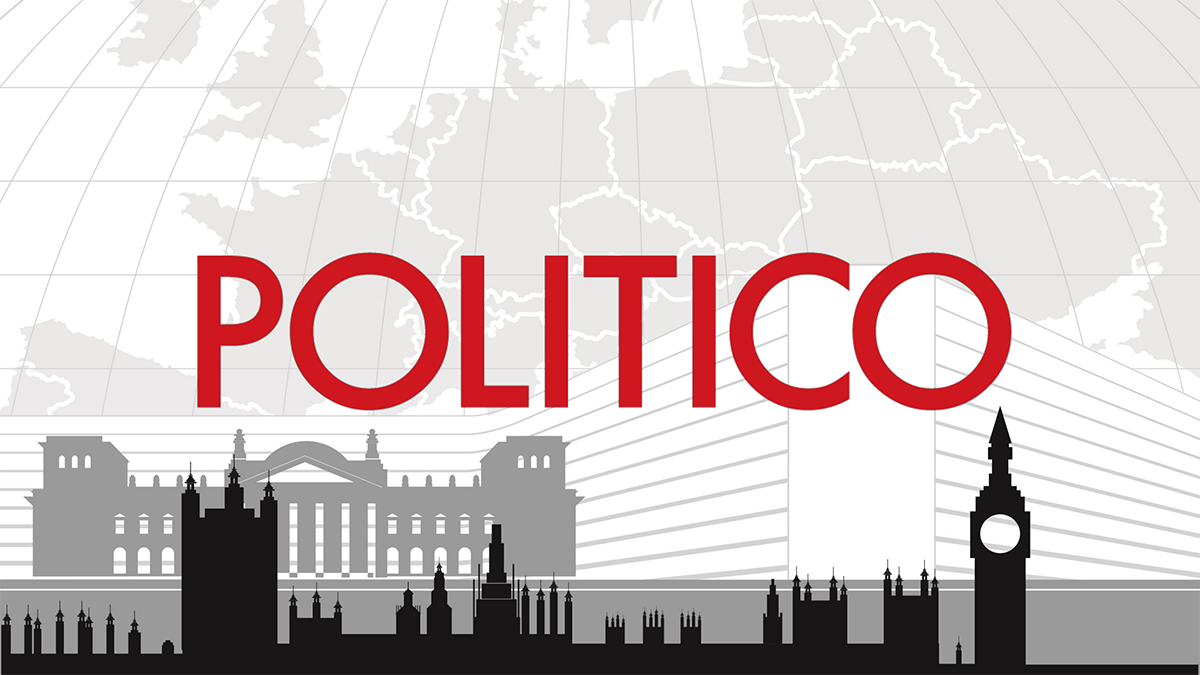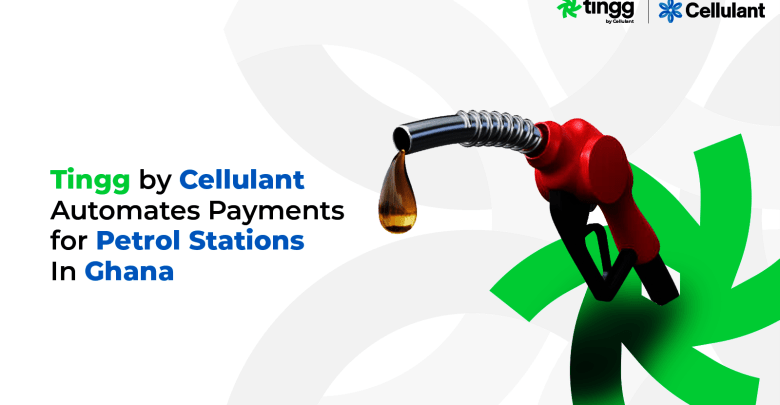As part of the new employment white paper, the federal government has announced it is thinking seriously about a national skills passport.
It has set aside A$9.1 million to prepare a business case for the passport to “help workers promote their qualifications and businesses find more skilled workers”.
What might this involve? And is it a good idea? As our research shows, skills passports can build trust between employers and employees.
1 in 5 Australian workers is either underemployed or out of work: white paper
What is the government proposing?
At this stage, the national skills passport is just a proposal and the government says it still needs to consult with businesses and state governments.
Treasurer Jim Chalmers says the government wants to develop a business case to “define the scope, outcomes and benefits” of a skills passport.
It would apply to anyone undertaking post-school vocational education and training or higher education. The idea is it would make it easier for employees to demonstrate their skills and for employers to hire candidates possessing the specific skills and qualifications they require.
Similar to other personal data on other government systems (such as My Health Record), it will create a one-stop, secure online repository where you can view and manage your skills, certificates and training. There would also be a digital certification system that would allow for information to be verified.
Where did the idea come from?
The idea of a skills “passport” (also known as a skills portfolio, learning passport, human capital account, life work portfolio, career passport and cumulative record of learning achievement) emerged at the end of the 1990s.
In recent years, skills passports have gained more attention due to the changing nature of work and education. This includes rapid changes in technology, combined with improved transport and communication systems and globalisation. This means workers are much less likely to stay in one job for a significant length of time.
Instead, they will have to retrain and learn new skills regularly to keep up with these changes. They may have different careers in multiple locations in different phases of life.
A skills passport should not just include transcripts (or results), but also other evidence of an individual’s skills and qualifications. This could include microcredentials, digital badges, portfolios, resumes and references.
Anamul Rezwan/Pexels
Explainer: what is credentialism and is a degree more than just a piece of paper?
Our research shows skills passports are important
Our 2023 research has shown digital initiatives that improve transparency – such as skills passports – help overcome information and trust gaps between employers and employees.
Besides showing relevant information about potential candidates in a standardised, unbiased manner, skills passports verify qualifications.
This reduces the problem of fake certificates and wrong information. Further, by showing all the skills on one platform, skills passports can help individuals, employers and educational institutions recognise more easily the skills individuals have developed at school, work and through life experiences.
Not only does it help people get jobs, it helps them plan how to further their skills.
What happens in other countries?
In 2004, the European Union launched the Europass initiative – a set of documents that help individuals communicate their skills and qualifications and make skills and qualifications more transparent and comparable across the EU. The Europass includes a CV, language passport, mobility document and qualifications supplement.
In 2019, Singapore introduced a digital skills passport. This is a digital record of an individual’s skills and qualifications, issued by accredited schools, polytechnics, universities and other training providers.
In the United States, large companies are taking the lead. In 2019 financial services firm JP Morgan created its own skills passport. This helps employees assess their skills and provides learning suggestions based on their current skills and role requirements.
What about Australia?
Australia’s national training authority started consulting on a skills passport as far back as the late 1990s. But progress has been slow. This is largely because of the complexities of the skills, training, education and employment systems in Australia.
Since 2015, Australia has had a “unique student identifier” for all vocational students. This is a unique reference number made up of ten numbers and letters and tracks students’ learning and qualifications. Since 2021, this has also applied to all new university students.
Would it work here?
In many ways, the national skills passport is a natural extension of the unique student identifier.
But it may be difficult to gain consensus quickly on why there is a need to extend the current unique student identifier to a skills passport.
This is because it will involve different education sectors, different employment sectors, different levels of governments, and different states, territories as well as professional bodies and industries.
But as a way to make getting a job, hiring and planning career development easier, this is an important idea to pursue.
The National Skills Agreement needs time in the policy spotlight and it must include these 3 things




